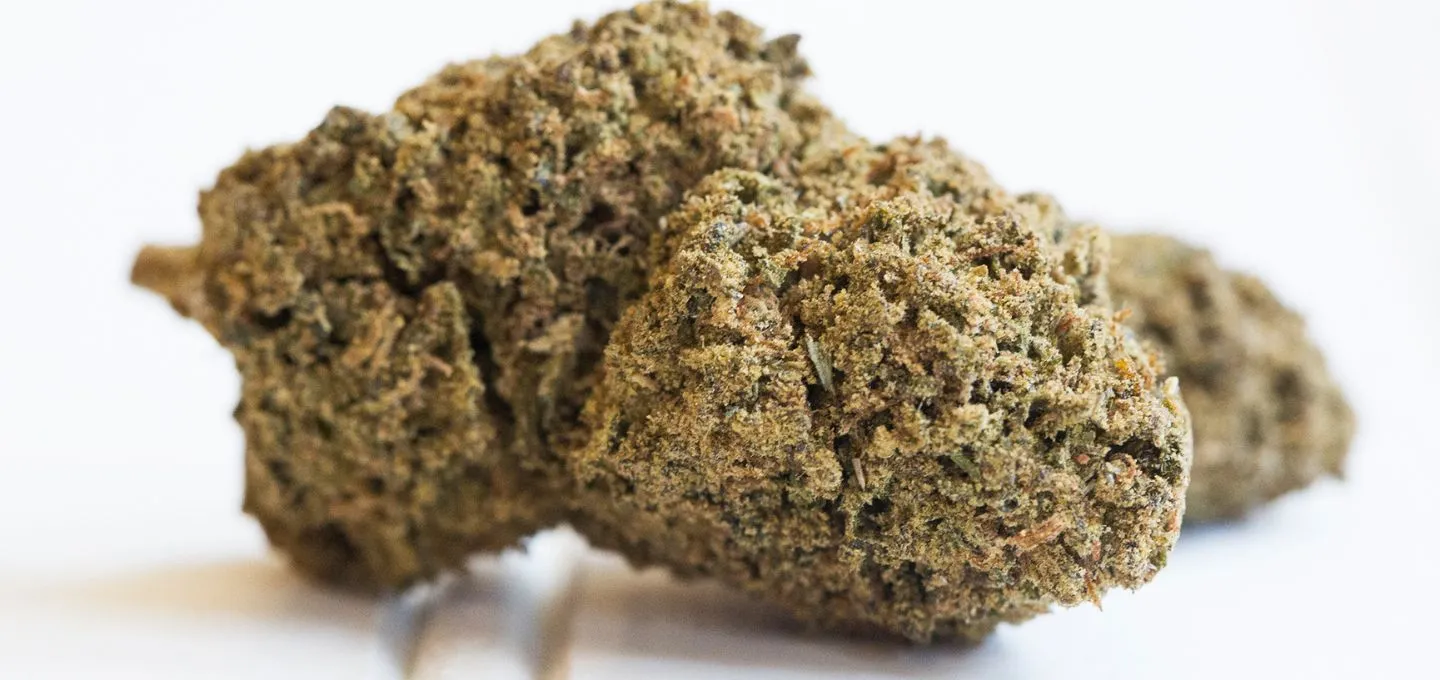Introduction and About Moon rocks are a type of cannabis flower that has been treated with psychoactive hash oil and then rolled in kief to create a super potent product containing up to 50-70% THC.
This article will look at how moon rocks are made and how they differ from caviar cannabis.
How to Make Moon Rocks?
Table of Contents
The moon rock creation process starts with a high-quality base bud that is dense and sticky. The bud must have enough resin to adhere to the coatings.
Next, completely cover the bud with hash oil, which can be a distillate, live resin, or a thick oil-like shatter melted into a viscous liquid.
This infuses and permeates the flower with concentrated THC and terpenes.
Finally, roll the coated bud in dry kief, which adheres to the sticky oil. Kief contains detached trichome heads rich in cannabinoids and terpenes.
The oils can saturate the interior bud, while the exterior kief layer gives an extra punch of heady resin glands.
Done properly, moon rocks contain around 50-70% total THC levels.
Difference Between Moon Rocks and Caviar
Caviar cannabis also uses a combination of cannabis concentrates to create an enhanced product but utilizes a different methodology.
Rather than coating a whole bud, caviar starts with small cured buds or popcorn nugs just a few millimeters wide. These tiny nugs get drenched in oil and then dusted with kief.
When done, caviar resembles fish eggs or caviar beads – small, round Cannabis pearls packed with layers of concentrates.
The popcorn buds provide more surface area than larger moon rocks.
Both moon rocks and caviar deliver ultra-high THC levels averaging around 50-70% potency.
However, caviar’s compact shape contains more concentrate per gram compared to loosely coated moon rocks.
For the strongest high possible from the marijuana flower, caviar and moon rocks provide psychonaut-level experiences for the most devoted enthusiasts.

 Fact Checked by Doctor Name
Fact Checked by Doctor Name